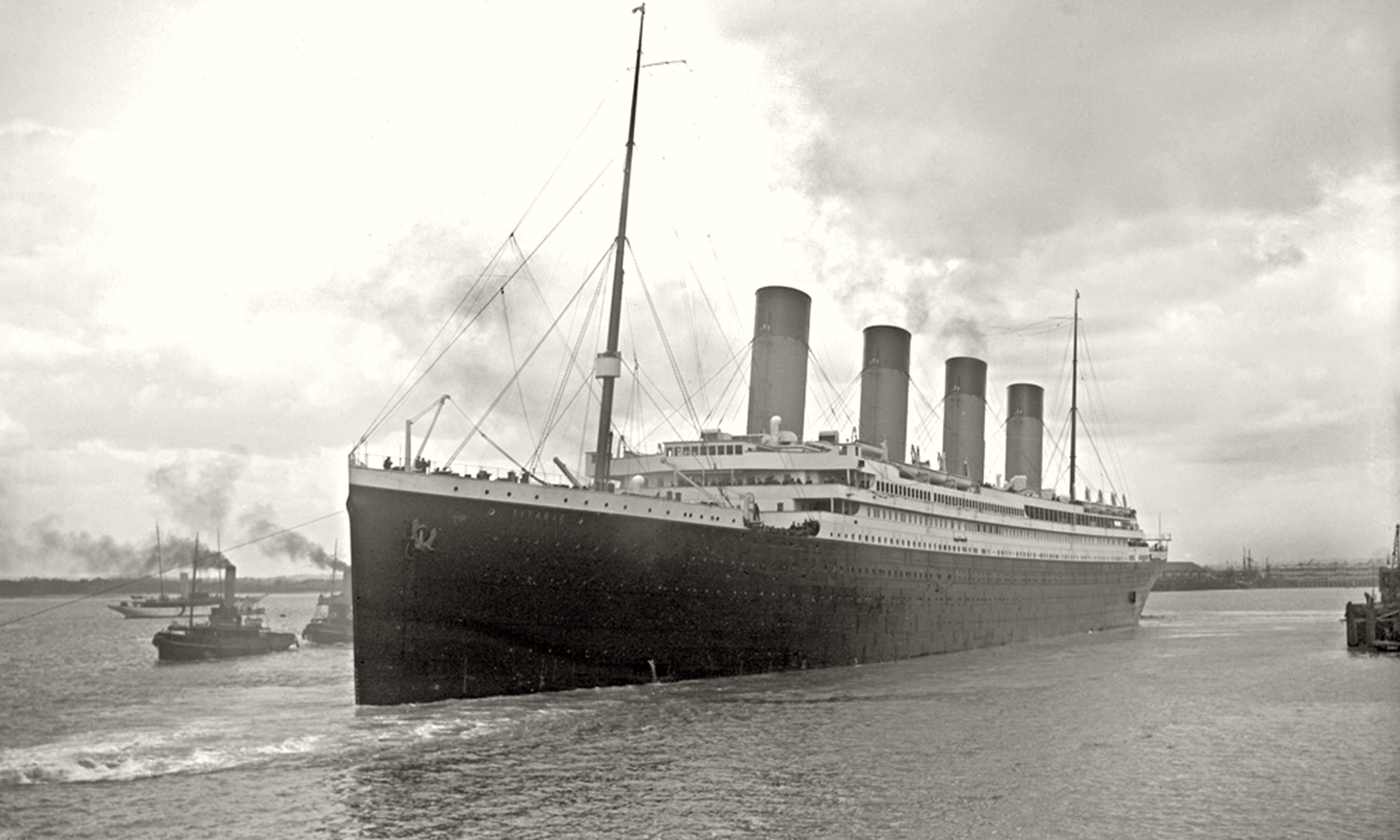11 Wild Facts About Popular Candy from Around the World
In a world where culinary delights transcend borders, candy stands as a universal language of sweetness and joy. The allure of candy is timeless, captivating the young and the old alike with its vibrant colors, tantalizing flavors, and nostalgic charm. But beyond the sugary surface lies a world teeming with history, culture, and fascinating trivia that often goes unnoticed. This article invites you to embark on a global candy adventure, where we unravel 11 mind-bending facts that will not only satisfy your sweet tooth but also your curiosity. From ancient origins to modern innovations, each section will peel back the layers of confectionery marvels from around the world, revealing the intricate tapestry of stories and secrets that candies hold. Prepare to journey through time and across continents, as we explore how candy has shaped societies, economies, and even scientific breakthroughs. Whether you're a candy enthusiast or a curious reader, this exploration promises to enrich your understanding and appreciation of these delightful treats.
1. The Ancient Origins of Candy: Sweet Beginnings
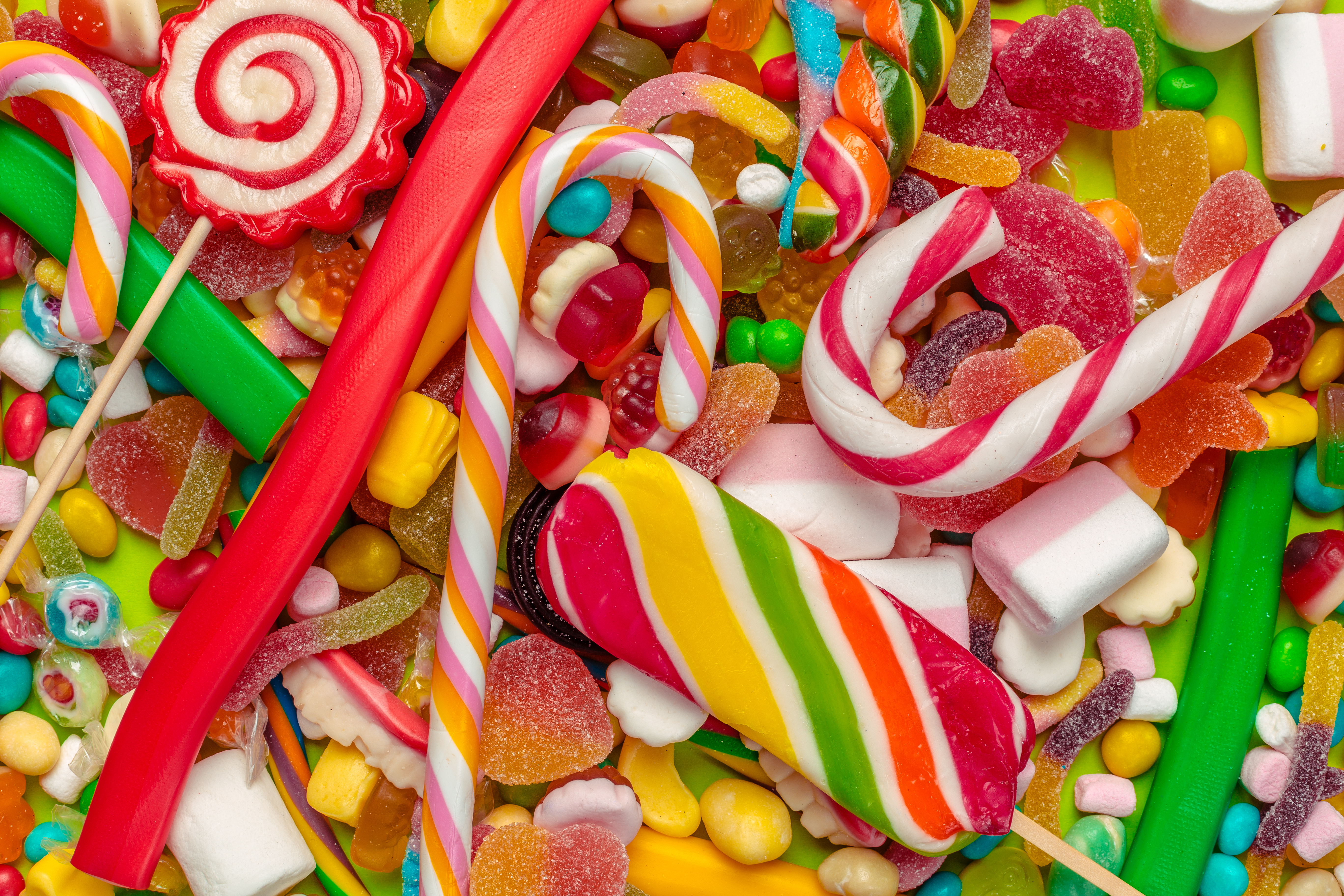
Candy's history is as rich and varied as the flavors it offers. The earliest forms of candy date back to ancient civilizations, where honey was used as a natural sweetener. The Egyptians, as early as 2000 BC, combined fruits and nuts with honey to create simple confections. Similarly, the Greeks and Romans enjoyed sweet treats made from honey, spices, and flowers. These early candies were not only enjoyed for their taste but also held cultural and religious significance. In Asia, sugarcane cultivation around 500 BC marked a pivotal moment in candy history, leading to the development of sugar-based sweets. The spread of sugarcane to Persia and India further diversified candy-making techniques, laying the foundation for the global candy industry we know today. Understanding these ancient origins provides a fascinating glimpse into how candy has evolved from a luxury reserved for the elite to a ubiquitous delight accessible to all.
2. The Role of Candy in Cultural Traditions

Candy plays a significant role in cultural traditions around the world, often symbolizing celebration, hospitality, and affection. In Mexico, the Day of the Dead is marked by sugar skulls, intricately decorated to honor deceased loved ones. In Japan, the art of wagashi reflects the seasons and is an integral part of tea ceremonies. These traditional sweets are not only culinary creations but also artistic expressions, crafted with precision and care. In India, festivals like Diwali are incomplete without a variety of sweets, known as mithai, which are exchanged as tokens of goodwill and prosperity. Similarly, in the Western world, Halloween and Christmas are synonymous with candy, bringing communities together in shared festivities. These customs highlight the universal appeal of candy and its ability to transcend cultural boundaries, serving as a sweet thread that weaves through the fabric of human society.
3. The Science of Candy: Sweet Chemistry
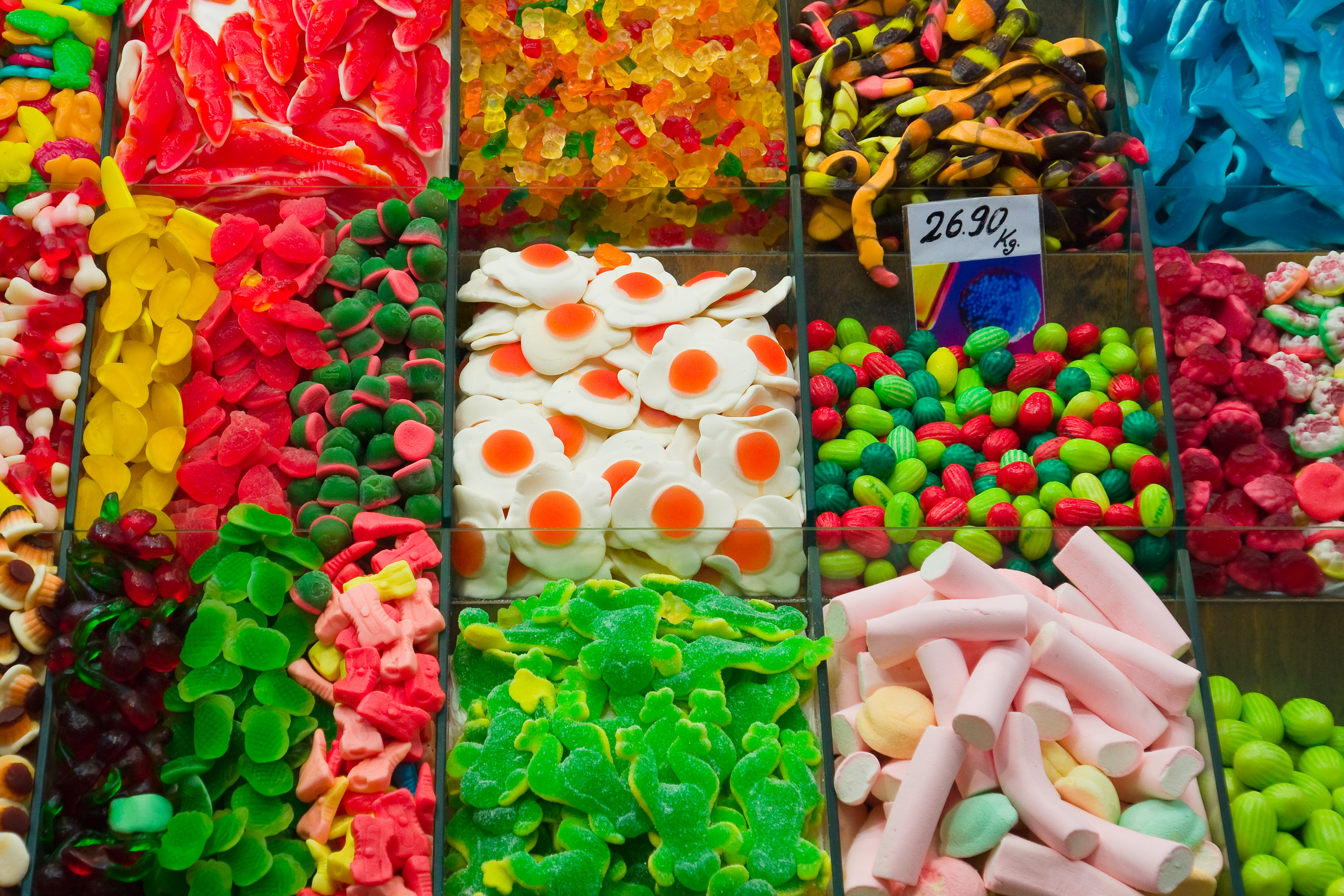
The creation of candy is a delicate dance of science and art, where chemistry plays a crucial role in determining texture, flavor, and appearance. The process of crystallization, for example, is essential in making rock candy, where sugar molecules form a crystalline structure. Temperature control is vital in candy-making, as it affects the consistency and final outcome of the product. The Maillard reaction, a chemical reaction between amino acids and reducing sugars, is responsible for the browning and complex flavors in caramel. Understanding these chemical processes not only enhances the appreciation of candy but also showcases the ingenuity involved in transforming simple ingredients into intricate confections. Candy-making is a testament to human creativity and scientific prowess, where innovation continues to push the boundaries of what is possible, leading to new and exciting flavors and textures.
4. The Economics of Candy: A Sweet Industry
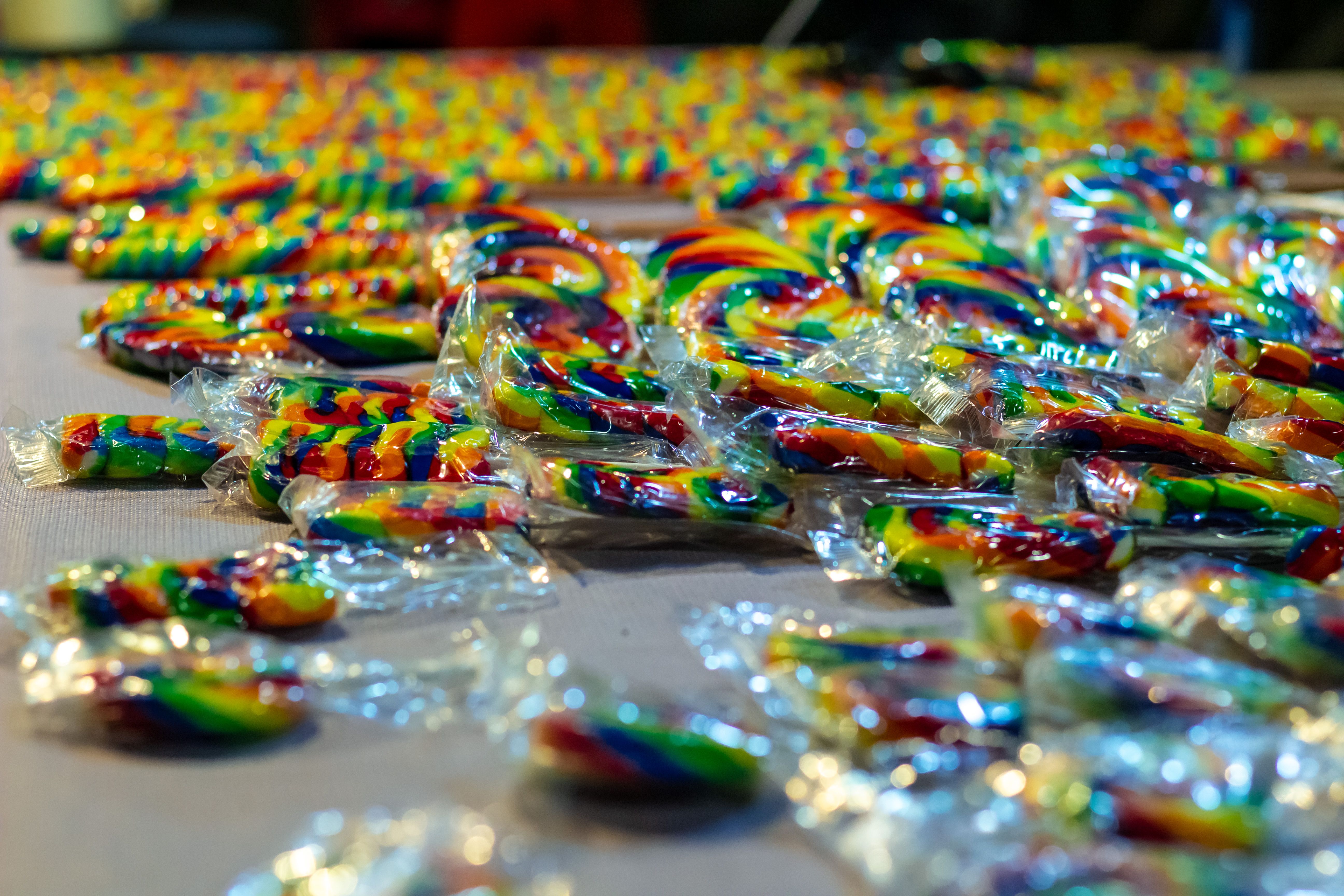
The candy industry is a multi-billion-dollar global enterprise, with a complex supply chain that spans continents. From cocoa farms in West Africa to sugar plantations in Brazil, the production of candy ingredients involves millions of workers worldwide. The industry's economic impact is significant, creating jobs and contributing to national economies. However, it also faces challenges such as ethical sourcing and sustainability. The demand for fair trade chocolate is growing, as consumers become more conscious of the social and environmental implications of their purchases. Innovations in packaging and production methods are also being explored to reduce the carbon footprint of candy manufacturing. As the industry evolves, it must balance profitability with responsibility, ensuring that the sweet treats we enjoy are produced in a manner that respects both people and the planet.
5. Candy and Technology: A Digital Sweet Revolution

The digital age has ushered in a new era of candy innovation, where technology and creativity intersect to create unique experiences. 3D printing, for example, has revolutionized candy design, allowing for intricate shapes and personalized creations that were once impossible to achieve. Virtual reality and augmented reality are being used to enhance marketing campaigns, offering immersive experiences that engage consumers in novel ways. Online platforms have also transformed the way candy is sold, with e-commerce enabling niche brands to reach global audiences. Social media plays a pivotal role in shaping candy trends, with viral challenges and influencer collaborations driving consumer interest. This digital sweet revolution is redefining the candy landscape, offering endless possibilities for innovation and engagement in an ever-connected world.
6. Candy in Pop Culture: Sweet Icons and Moments
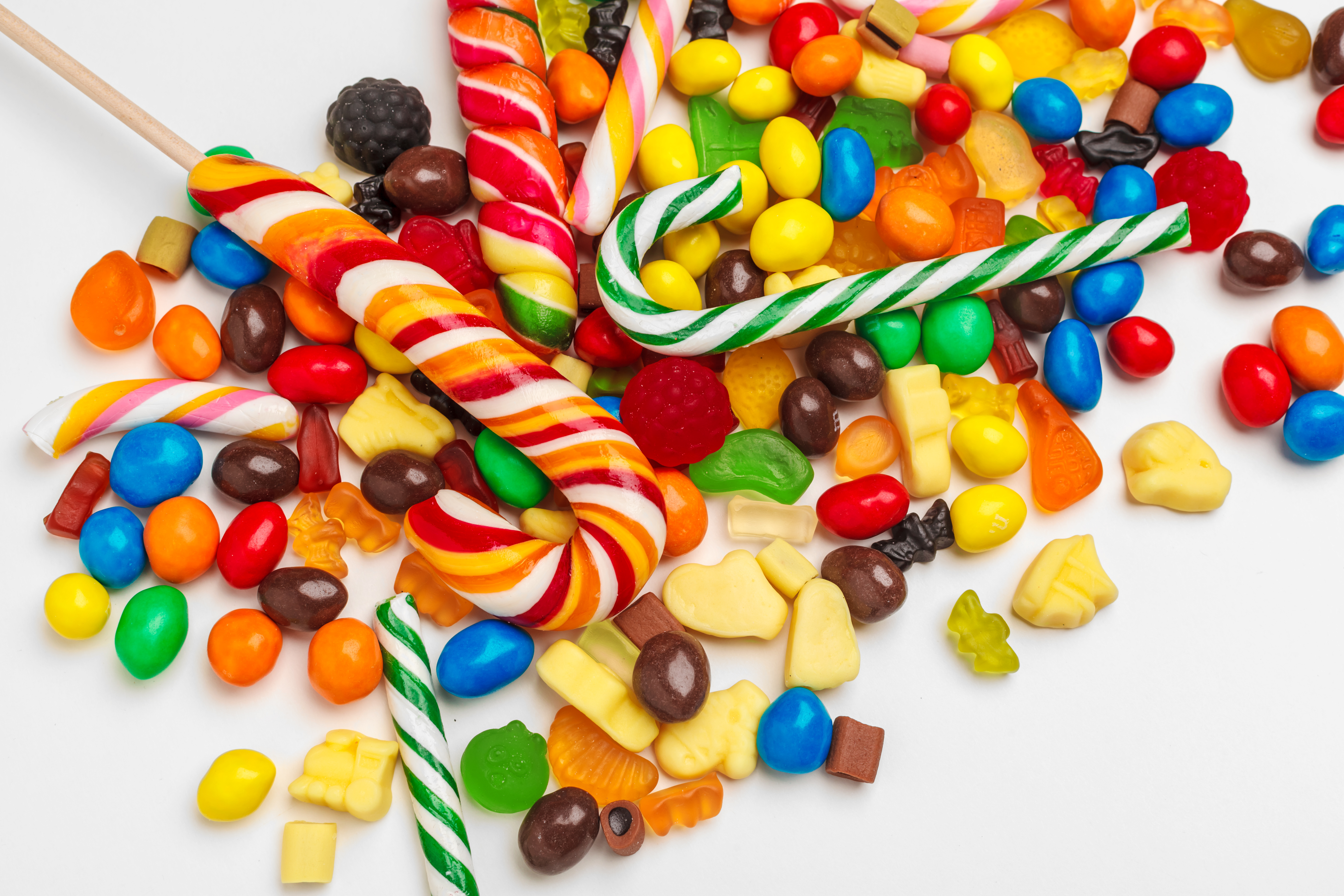
Candy has left an indelible mark on pop culture, becoming an icon in its own right. From Willy Wonka's fantastical chocolate factory to the colorful world of Candy Crush, sweets have captured the imagination of audiences worldwide. Movies, music, and literature have all drawn inspiration from candy, using it as a symbol of temptation, innocence, and nostalgia. Iconic brands like M&M's and Skittles have become cultural touchstones, with their advertising campaigns becoming part of the collective consciousness. Candy's influence extends beyond entertainment, shaping fashion trends with candy-inspired colors and designs. This pervasive presence in pop culture underscores candy's ability to evoke emotions and memories, making it a powerful and enduring element of human experience.
7. The Psychology of Candy: Sweet Emotions

Candy's appeal is rooted in its ability to evoke powerful emotions and memories. The act of consuming candy is often associated with pleasure and indulgence, triggering the release of endorphins and dopamine in the brain. This chemical response creates a sense of happiness and satisfaction, explaining why sweets are often used as comfort food. The nostalgia associated with childhood candies can evoke a sense of longing and sentimentality, transporting individuals back to simpler times. Marketing strategies often leverage these emotional connections, using packaging and storytelling to create a sense of familiarity and attachment. Understanding the psychology behind candy consumption offers insights into human behavior and the complex relationship between food and emotions.
8. Candy and Health: Balancing Sweetness and Well-being

While candy is a source of joy, it also poses health challenges, particularly concerning sugar consumption and its impact on health. The rise of diabetes and obesity has prompted a reevaluation of candy's role in our diets. As a result, the industry is exploring healthier alternatives, such as sugar-free and low-calorie options, to cater to health-conscious consumers. Innovations in sweeteners, like stevia and monk fruit, offer natural alternatives to traditional sugar, providing sweetness without the associated health risks. Education and moderation are key in balancing the enjoyment of candy with overall well-being, encouraging consumers to make informed choices. This ongoing dialogue between indulgence and health reflects society's evolving relationship with food, where the pursuit of pleasure is tempered by a commitment to health.
9. Candy and Sustainability: Sweet Responsibility

As global awareness of environmental issues grows, the candy industry is under pressure to adopt sustainable practices. From sourcing raw materials to packaging, every aspect of candy production is being scrutinized for its environmental impact. Sustainable sourcing of ingredients like cocoa and palm oil is crucial in preserving biodiversity and supporting local communities. Packaging innovations, such as biodegradable wrappers and reduced plastic use, are being implemented to minimize waste. Companies are also investing in renewable energy and resource-efficient manufacturing processes to reduce their carbon footprint. This commitment to sustainability is reshaping the industry, challenging it to innovate and adapt in a world where environmental responsibility is paramount.
10. The Future of Candy: Sweet Innovations
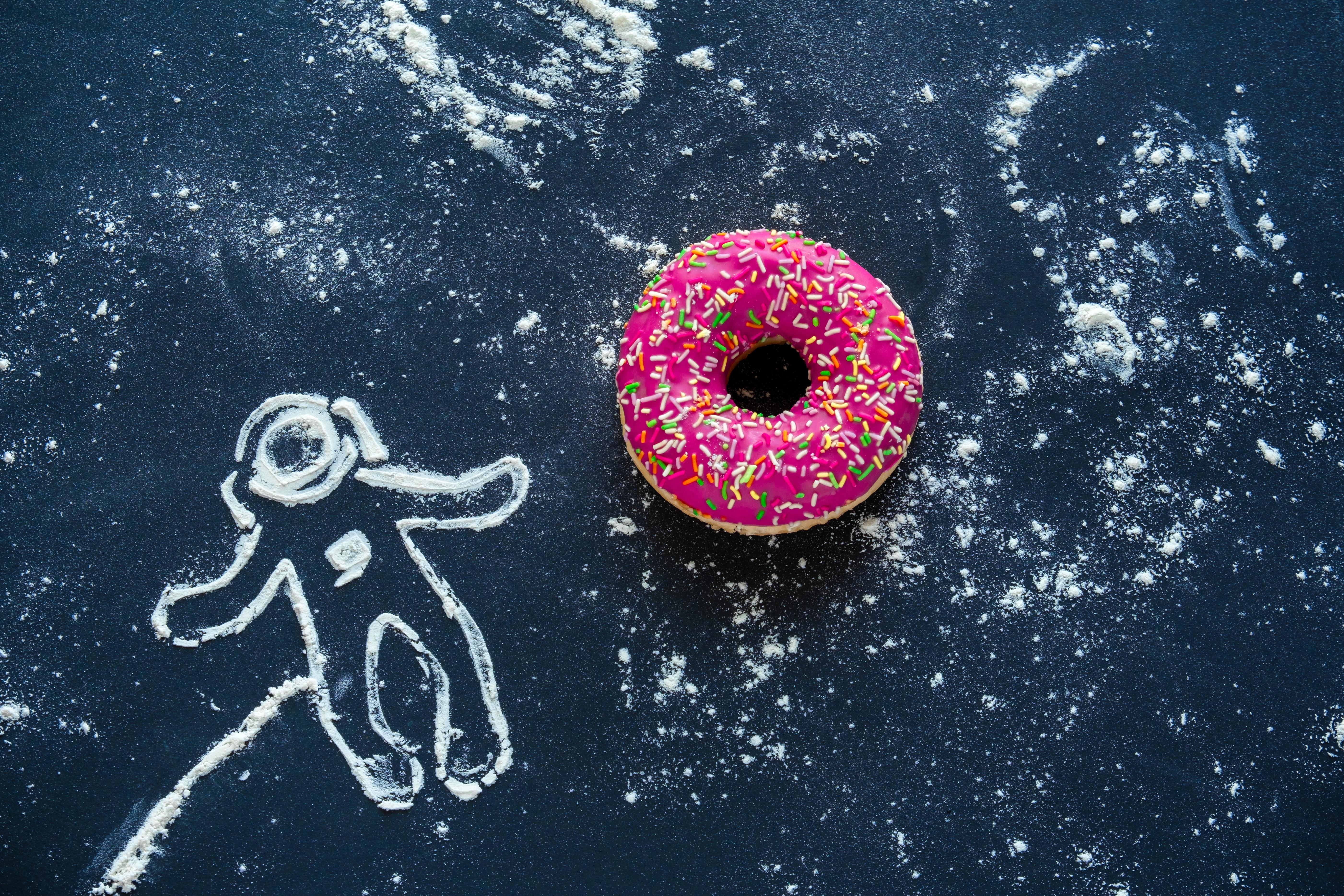
The future of candy is bright, with innovation driving the creation of new flavors, textures, and experiences. As consumer preferences evolve, the industry is experimenting with exotic ingredients and fusion flavors, blending traditional recipes with contemporary twists. Functional candies, infused with vitamins and supplements, are gaining popularity as consumers seek products that offer health benefits alongside indulgence. The rise of plant-based and vegan candies reflects a growing demand for ethical and inclusive options. Technology continues to push the boundaries of possibility, with advancements in food science enabling the creation of candies that are not only delicious but also sustainable and nutritious. This spirit of innovation ensures that candy will continue to captivate and delight future generations.
11. A Global Candy Tour: Sweet Destinations

Embark on a virtual tour of the world's most iconic candy destinations, where local flavors and traditions offer a unique taste of culture. In Belgium, the art of chocolate-making is celebrated with exquisite pralines and truffles, showcasing the country's rich culinary heritage. Japan's Kit Kat varieties, with flavors like matcha and wasabi, reflect the nation's penchant for innovation and seasonal ingredients. In Turkey, the sweet and chewy delight of Turkish delight transports visitors to a world of exotic spices and ancient traditions. These destinations offer more than just sweets; they provide a window into the heart of a culture, where candy serves as a delicious ambassador of tradition and creativity.
A Sweet Reflection

As we conclude this global candy adventure, we are reminded of the profound impact these seemingly simple treats have on our lives. Candy is more than just a source of sweetness; it is a reflection of human ingenuity, culture, and emotion. From ancient origins to modern innovations, candy has evolved alongside society, adapting to changing tastes and values. Its role in cultural traditions, economic landscapes, and personal experiences highlights its enduring significance. As we savor each bite, we are not only indulging in a moment of pleasure but also partaking in a rich tapestry of history and creativity. This exploration invites us to appreciate the complexity and beauty of candy, encouraging us to view it not just as a treat, but as a symbol of the diverse and interconnected world we inhabit.






